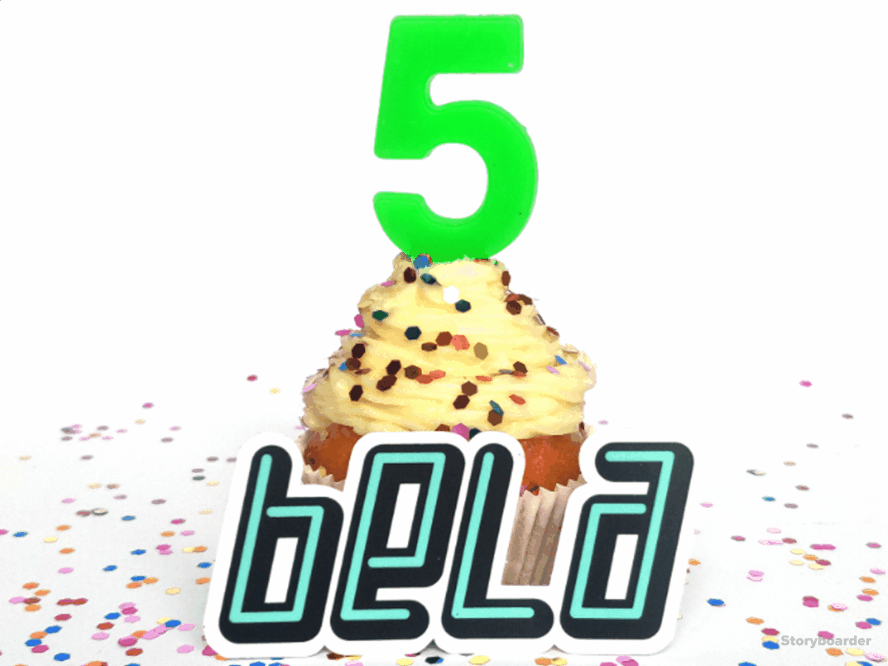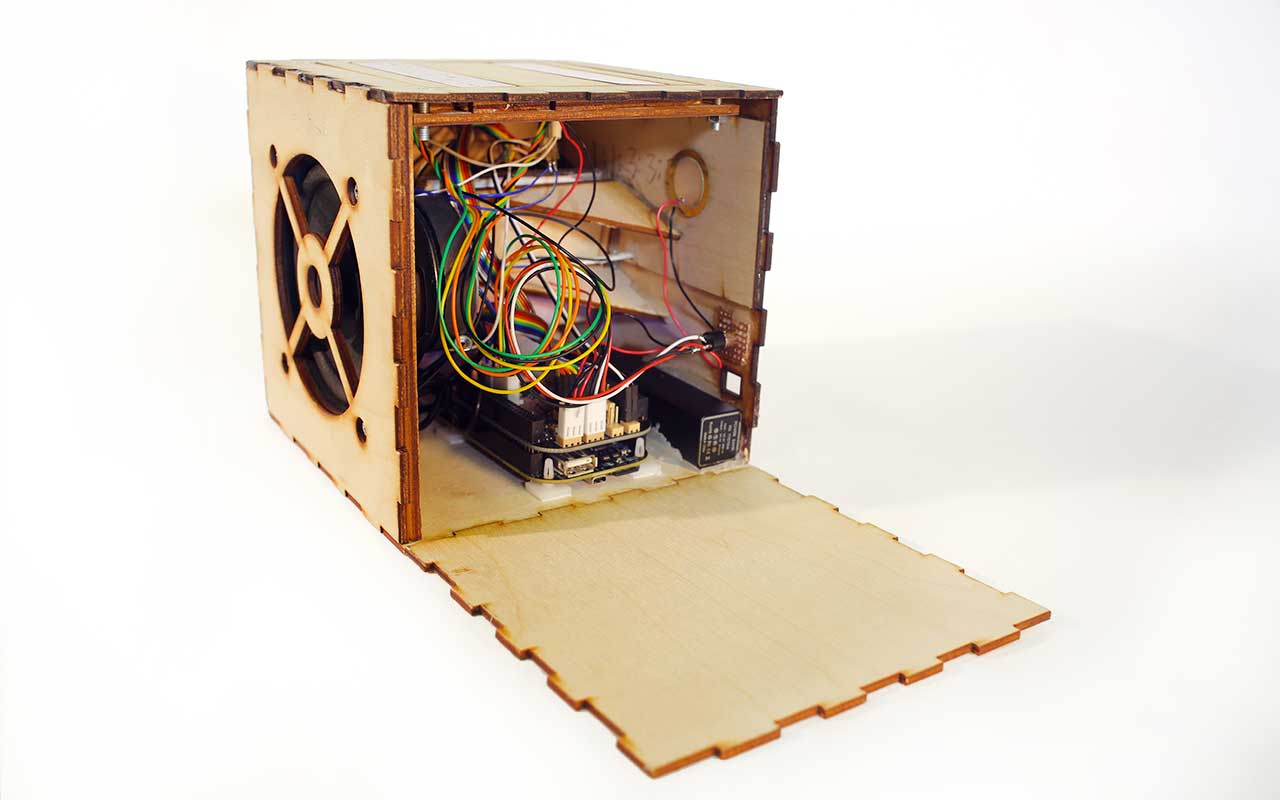Bela turns 5!
Celebrating half a decade of beautiful digital interaction
Who would believe it! Five years ago today, after funding this little project on Kickstarter, we launched the Bela Shop and Bela was officially a commercial product.
In this post we look at how Bela has evolved and grown, and how we have been driven by our worldwide community of relentlessly enthusiastic, creative and innovative makers.

The Beginning: A platform for instrument building
Bela was born in the Augmented Instruments Laboratory, a research group in the Centre for Digital Music at Queen Mary University of London.
The very first incarnation of what would go on to become Bela came about in late 2014 and was created when we were building a new musical instrument called the D-Box. The D-Box is a hackable musical instrument that allows the player to rewire its circuits in exploratory ways to create unexpected sounds (read more about the D-Box in our papers from ICLI 2014 and NIME 2015).

The D-Box hackable musical instrument.
The D-Box needed a specialised set of capabilities that we couldn’t find in any existing platform: It had to be fully self-contained, generating audio without a computer; it needed enough processing power to run complex synthesis processes; and beyond audio processing it needed high-resolution analog inputs and outputs to power the rewirable circuits; it needed onboard amplifiers to power a speaker. Most crucially, it needed the audio and analog I/O needed to run with extremely low latency so the instrument felt as natural as any acoustic instrument.
Nothing on the market did all this. What we couldn’t find, we had to build ourselves. Bela was born.
2016: From research project to maker platform
We soon realised that the low-latency embedded platform we had made for the D-box had wider applications, but for other people to use it, we had to make it easier.
This first versions of Bela only supported programming in C/C++ and had a complicated Linux toolchain that had to be cross-compiled in Eclipse and uploaded to the Bela. We moved all the tools needed to build projects onto the board itself, and created an easy-to-use IDE that runs in a web browser. We also added support for the popular Pure Data (Pd) graphical audio programming language, so interactive programming didn’t only have to be done in C++. (Bela now supports many languages, and thanks to community contributions Bela now has support for SuperCollider, Csound and FAUST.)
Growing a community
In February 2016 we launched Bela on Kickstarter. This campaign raised more than £50k from over 500 backers, and we were not only able to create the first Bela systems, but also created Bela’s Multiplexer Capelet and Audio Expander.
In October 2016 - five years ago! - we made Bela available to customers worldwide through the Bela shop.
2017: Supporting open source
Bela’s hardware and software are open source, and it’s always been important to us to make our code base and hardware files publicly and freely available, so anyone can inspect, extend, remix, and learn from our work. (If you want to check it out yourself, it’s all on Github.)
Community support also means helping people learn. We created online resources for our growing community, including a forum, a blog featuring projects from the Bela community, and most recently a knowledge base for learning how to create with Bela.
2018: Bela Mini
In 2018 we added Bela Mini to the Bela product line. Bela Mini has all the most popular Bela features condensed into a tiny package, with all the same performance for sensors and sound. We still can’t get over how small and powerful it is! It’s so small that it can be embedded into pretty much any project, instrument, or interactive object.
2019: Trill Touch Sensors
In 2019 we funded Trill touch sensors on Kickstarter.
Trill is a family of capacitive touch sensors that make it easy to add touch interaction to digital projects. There are six Trill sensors, each with a different combination of physical form factor, size and interaction.
Best of all, Trill is compatible not only with Bela but also with other maker platforms like Arduino, Teensy, and Raspberry Pi. Read all about Trill at bela.io/trill.
2020: Bela YouTube Course
During the Covid-19 crisis of 2020 we wanted to do something to promote learning at home. Bela director Andrew McPherson created a version of his popular course for YouTube, called C++ Real-Time Audio Programming With Bela.
This course is free for everyone. It takes you through the core concepts of digital audio and interaction, with lots of topics clearly explained by a world expert. It also contains great code exercises and hardware examples. You don’t need a Bela system for the course, but having one will let you follow along with the coding exercises and examples.
Visit the course on YouTube, and don’t forget to subscribe!
2021: Trill Flex (and more to come)!
This year we debuted Trill Flex, a Trill sensor made of flexible PCB that can conform to any curve, or bend around any corner. Trill Flex comes with a flexible bar sensor that’s detachable, so you can even make your own sensor that’s perfect for your particular project.
Here’s to another 5 years! 🥂
We started making Bela because we were digital creators who wanted to take our projects with sensors and sound to new levels. We are so lucky to be able to have been doing exactly that for the last five years, and are so thankful that we get to keep doing it.
And we’re not even done for 2021! Next week we’re launching something new. Want to be the first to know and get an exclusive discount code? Click here to subscribe to the Bela Newsletter, the only place for the latest news, early access and special discounts for Bela products.
Thank you for all of your support, and here’s to the next five years!

